The complete guide to microgreens: why you need them in your menu
Microgreens have been gaining widespread recognition and appreciation in the culinary world because of their exceptional nutritional value and intense flavor. These tiny plants have become a staple garnish in many high-end restaurants, adding a pop of vibrant color, bold flavor, and fresh texture to any dish. In this comprehensive guide to microgreens, we’ll explore everything you need to know about these miniature greens and why they make a fantastic addition to any menu.
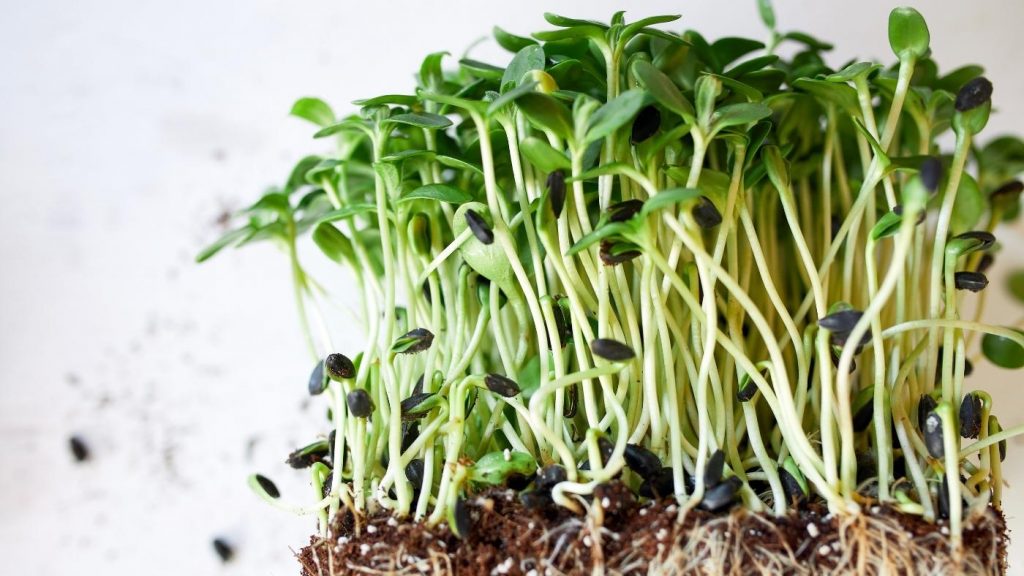
What are Microgreens?
If you’re unfamiliar with microgreens, they are young vegetable seedlings harvested after developing their first true leaves. Typically, these miniature greens are harvested when they are just a few inches tall and have fully developed their first set of leaves.
Despite their small size, microgreens are packed with an impressive array of nutrients and antioxidants, making them a popular and nutritious addition to many dishes.
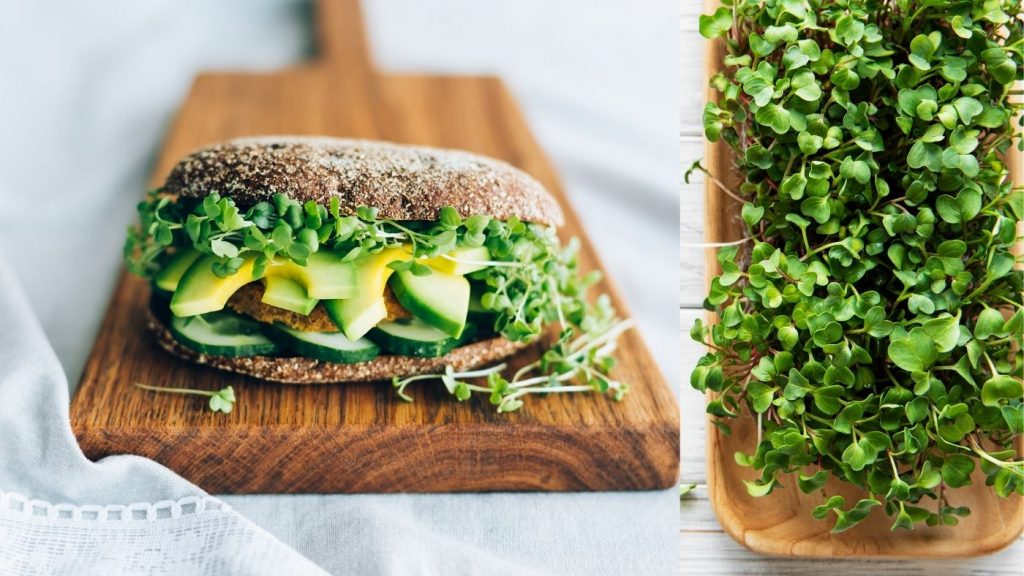
Microgreens vs Sprouts
When it comes to differentiating between microgreens and sprouts, the key difference lies in their growing methods. Unlike sprouts, which are typically grown in water for a few days, microgreens are planted in soil or peat and given up to 21 days to develop.
Like mature plants, these miniature greens require ample sunlight, nutrients, and ventilation to grow and thrive. The result is a crop of nutrient-dense greens that offer fresh flavor, vibrant color, and unique texture to any dish.
Microgreens History
While microgreens have gained significant popularity in recent years, the history of these tiny plants dates back to the 1980s when California chefs first began incorporating them into their dishes. Since then, microgreens have become a staple garnish in high-end restaurants worldwide, thanks to their exceptional nutritional value, vibrant color, and intense flavor.
What makes microgreens so special is their unique combination of intense flavors, vibrant colors, and a wide range of taste profiles. Despite their small size, these tiny greens pack a punch of flavor, and each variety offers its own distinct taste and texture.
What’s so special about microgreens?
In addition to their exceptional flavor, microgreens are packed with a wealth of nutrients and antioxidants, making them a highly nutritious addition to any dish. Whether you want to add a pop of color, enhance the texture, or infuse bold flavor into your meal, microgreens are a versatile and delicious ingredient that can take any dish to the next level.
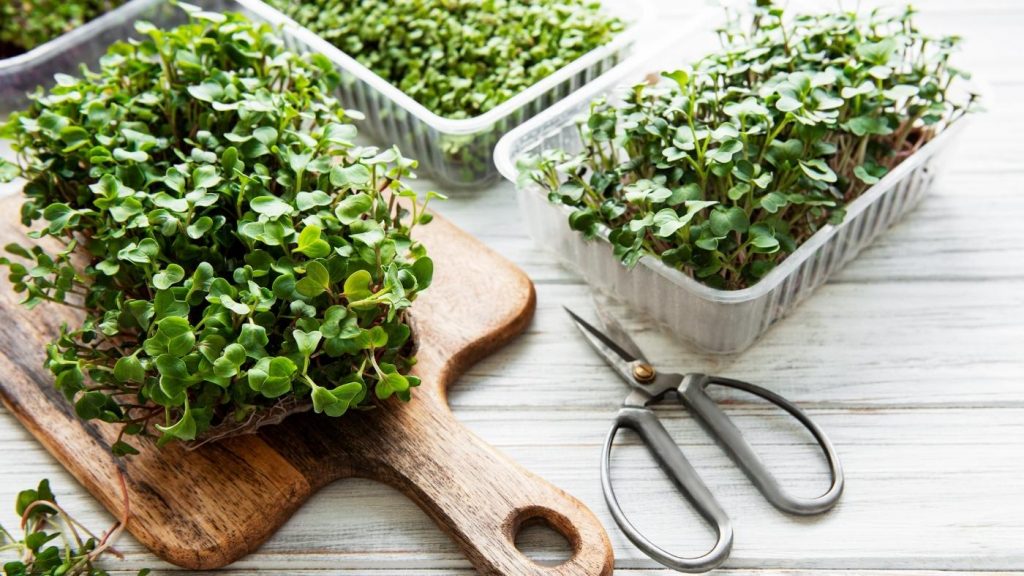
How many types of microgreens are there?
Microgreens are a diverse and exciting category of plants that can be grown from many seed varieties, including common vegetables, grains, and legumes. With hundreds of different types of microgreens currently available, each with its own unique flavor, texture, and color, the possibilities are almost endless.
From mild and refreshing microgreens to more robust and intense flavors, such as spicy, pungent, sour, and even bitter, there’s a microgreen out there to suit every palate and culinary preference.
Microgreens color
Adding vibrant colors to your menu is a great way to bring a fresh and visually appealing touch to your dishes. Fortunately, microgreens offer a vast range of color options that can do just that. Consider incorporating greens like arugula, sunflower, and pea for a fresh green hue. Depending on the variety, these microgreens also offer a subtle nutty or peppery flavor. Microgreens like amaranth and beetroot are a great choice if you’re looking for a bolder and more intense red color.
These greens add a slightly earthy and sweet flavor to your dish. Microgreens like corn, onion, and daikon radish are a fantastic choice for a bright yellow pop. These mild and refreshing greens offer a subtle sweetness and a slight spicy kick, making them a versatile addition to any dish. Whether you’re looking for subtle or bold colors, microgreens offer an abundance of options to choose from.
What do microgreens taste like?
If you’ve ever wondered what microgreens taste like, you’ll be pleased to know that these miniature greens offer a wide range of flavors and tastes. Several factors, including the seed variety, growing conditions, and nutrient content, influence the taste of microgreens.
While some microgreens may resemble sprouts or young salad greens, you’ll also discover unique and distinct flavors depending on the variety. Some microgreens offer a mild and refreshing taste, while others provide a more intense and spicier flavor that can be a great addition to many dishes.
Whatever your taste preferences, there’s a microgreen out there to suit your palate, making them a versatile and exciting ingredient to work within the kitchen.
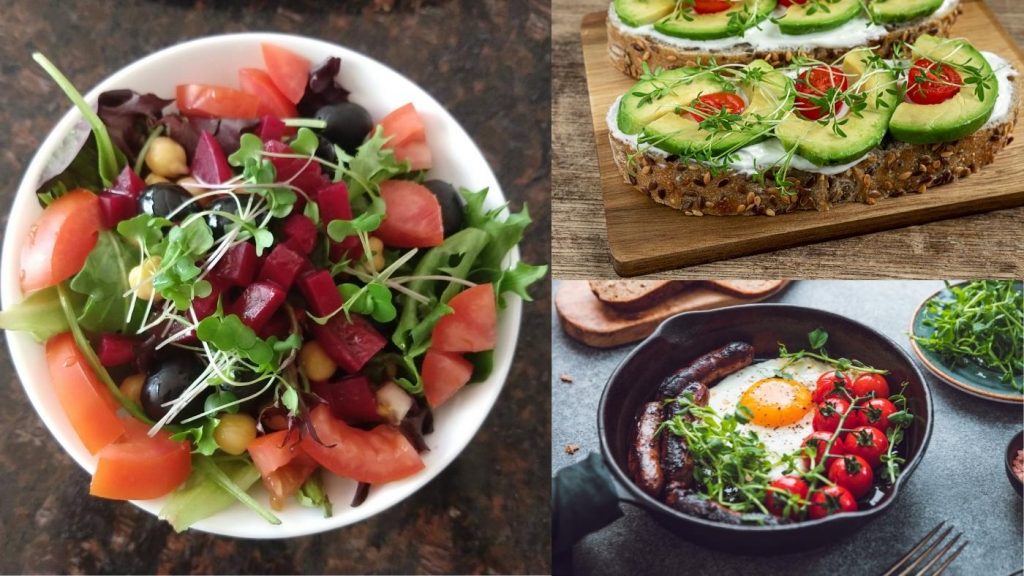
Microgreens Benefits
One of the most compelling reasons microgreens have become so beloved recently is their exceptional nutritional value. Studies have shown that microgreens can contain up to nine times more minerals than those found in mature plants, making them a powerhouse of nutrients in a small package.
Microgreens are rich in vital minerals like iron, potassium, zinc, magnesium, and copper while offering a wealth of antioxidants that can help protect the body against cell damage. Research indicates that microgreens can contain up to 40% more vitamins and antioxidants than their mature counterparts, making them an excellent addition to any diet.
Whether you’re looking to boost your nutrient intake or simply add some fresh and flavorful greens to your meals, microgreens are an excellent choice.
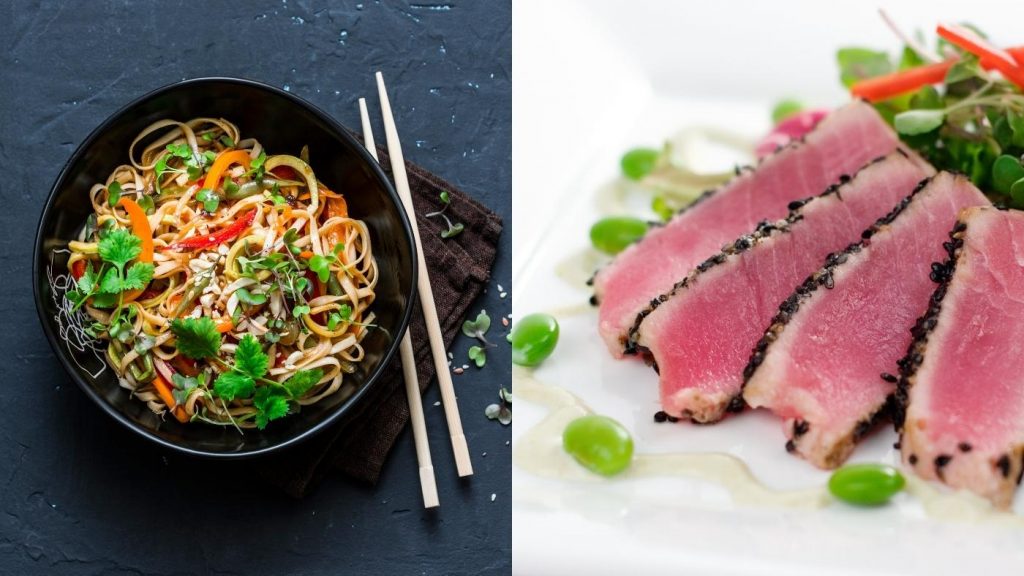
Our Favorite Microgreens
Microgreens are an excellent choice if you’re looking to elevate your meals and impress your customers. Here are some of our favorite microgreens that offer exceptional flavor, texture, and nutritional value:
Arugula:
Arugula microgreens come from the arugula, or rocket plant, and offer a peppery essence that adds a dose of spiciness to salads, dressings, or green cocktails. These microgreens are rich in vitamins A, C, K, and calcium, making them a healthy and flavorful addition to any meal.
Basil:
Basil microgreens have a more intense flavor than their mature counterparts, offering a delicious, slightly sweet taste that pairs well with many dishes. These microgreens are packed with vitamins A, C, E, K, and B-complex and essential minerals like iron, calcium, and potassium.
Chives:
Chives microgreens offer a distinct, long, slender shape and spicy-sweet flavor, making them an excellent addition to any menu. These crunchy greens are rich in minerals like potassium, iron, calcium, and vitamins A, B, C, and E.
Pea Tendrils:
Thanks to their sweet and delicate flavor, texture, and nutritional profile, pea tendrils are a beloved microgreen choice. These microgreens pair well with sandwiches and salads, are a good source of vitamins C, K, folate, and potassium, and contain abundant antioxidants.
Wasabi:
Wasabi microgreens are one of the spiciest varieties, offering a feast for the senses. These crispy, succulent greens have spicy notes and a distinct peppery flavor that adds depth and flavor to dishes. They are packed with vitamins A, B, C, and K, manganese, fiber, calcium, and beta-carotene, making them a nutritious and flavorful addition to any dish.
Where to get fresh wholesale microgreens?
Here at Riviera Produce, we partner with local suppliers like Flavour Fields/Koppert Cress in Long Island and Fresh Origins in California to bring you a wide selection of fresh microgreens 6 days a week.
How to Use Microgreens?
Microgreens are versatile ingredients that can be used to enhance the taste, texture, and visual appeal of dishes.
Here are some ways chefs can make the most of these tiny greens:
1. Garnishing Masterpieces: Sprinkle microgreens on top of finished dishes to add freshness and visual appeal.
2. Flavor Boosters: Incorporate microgreens into salads, soups, or sandwiches for concentrated flavors.
3. Creative Pairings: Experiment with complementary flavors to create unique and exciting dishes.
4. Texture Enhancers: Add microgreens to create delightful contrasts in taste and mouthfeel.
5. Culinary Artistry: Use microgreens as unique and unexpected garnishes to elevate cocktails, desserts, and even breakfast dishes.
6. Last-Minute Additions: Add microgreens just before serving to maintain their freshness, vibrant colors, and flavors.
How do you store microgreens?
Proper storage is crucial to maximize your microgreens and avoid spoilage. Microgreens are highly perishable with a short shelf-life, and you need to store them appropriately to keep them fresh. Here are some tips to help you store your microgreens correctly:
- Never wash microgreens before storing them to avoid moisture that can accelerate spoilage and bacterial growth.
- After cutting, place them in a sealed container or bag and cover them with a damp paper towel to maintain humidity and prevent wilting.
- Store your microgreens in a dark and cool environment, preferably between 35-40°F. A refrigerator is a great option for storage.
- Before using, wash your microgreens with cold water only and gently pat them dry with a paper towel or spin them in a salad spinner.
By following these storage guidelines, you can keep your microgreens fresh and flavorful for longer, ensuring you can enjoy their many benefits in your meals.
Freezing microgreens?
Freezing microgreens can extend their lifespan and preserve their nutritional value for longer. However, based on our experience, we do not recommend freezing them for more than 10-12 days, as it can affect their quality and flavor.
If you want to freeze your microgreens, placing them in an airtight container or bag and labeling them with the freezing date is best. When ready, thaw them in the refrigerator and use them immediately.
Where can you buy fresh wholesale microgreens in New York?
Riviera Produce, a NYC based wholesale restaurant food supplier, is here to make purchasing easy for you.
We bring you the freshest bulk microgreens 6 days a week, working with the best farms locally from New Jersey, New York, and California.
Our microgreens are chefs’ secret weapon for adding beauty and flavor to their dishes and cocktails. They are versatile ingredients that can be used as a garnish to give your cocktails and dishes a beautiful, clean finish.
Check our vast selection of microgreens, and your dishes will be pretty and tasty.
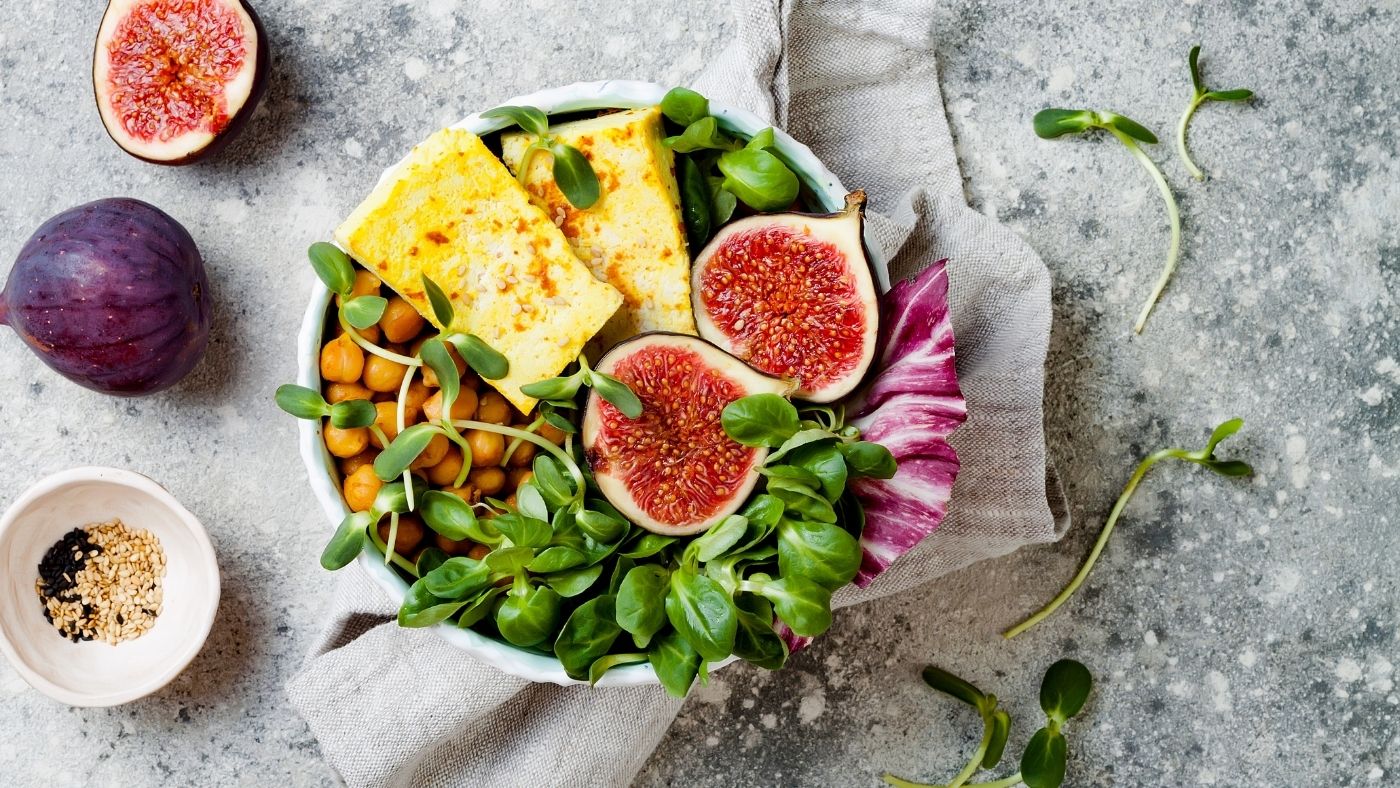
Comments 1
[…] can play around with colors, textures and flavors by adding fresh microgreens, fine herbs and edible flowers to your […]
Comments are closed.